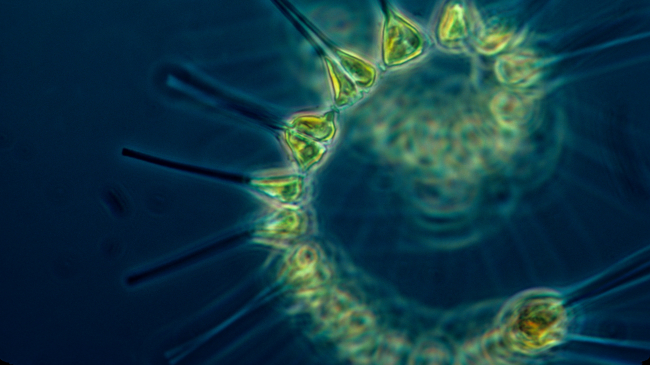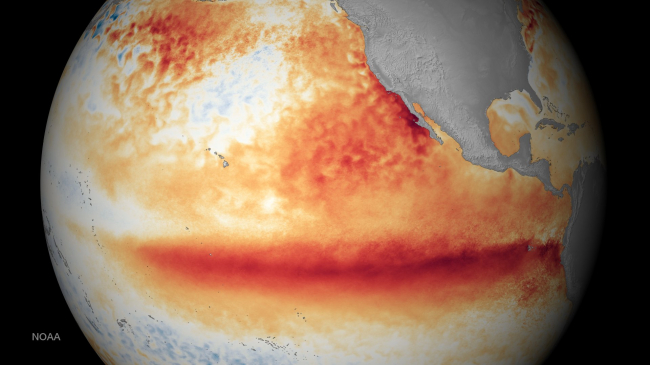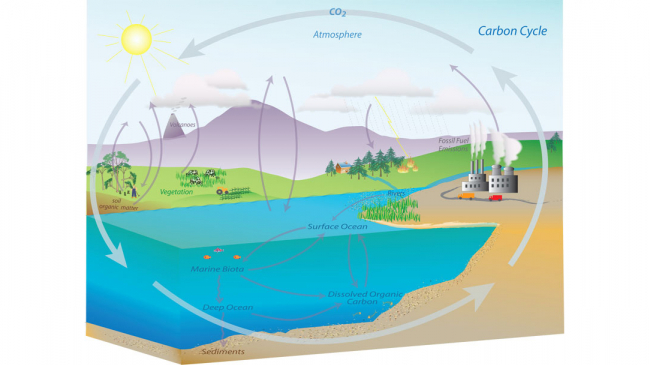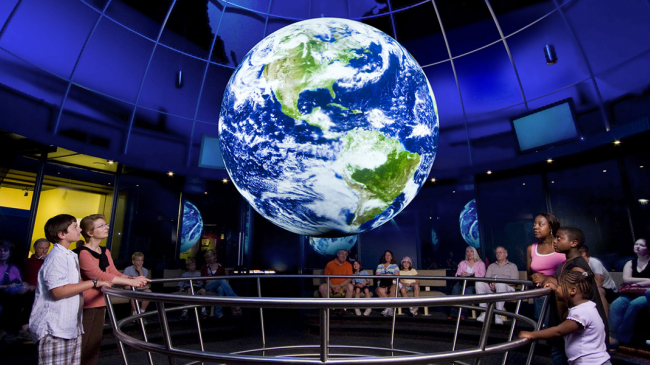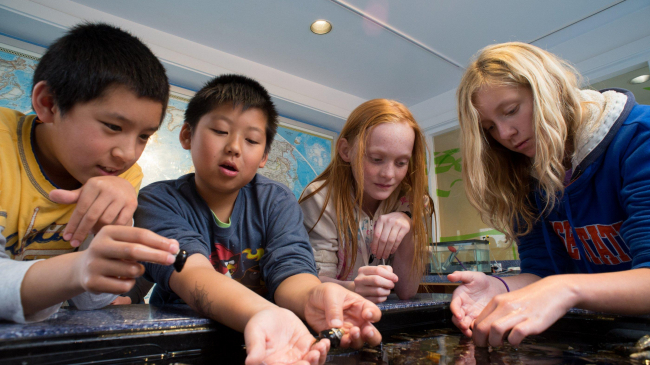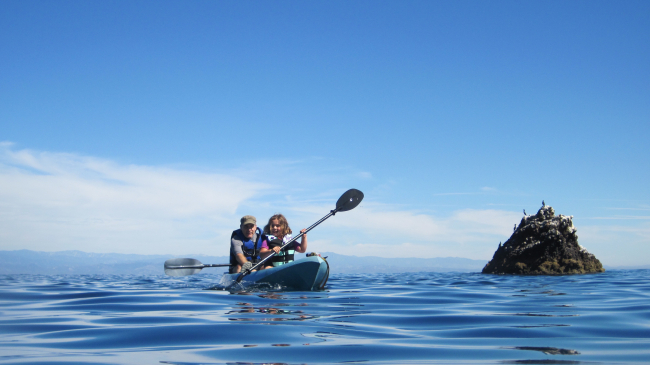Food webs describe who eats whom in an ecological community. Made of interconnected food chains, food webs help us understand how changes to ecosystems — say, removing a top predator or adding nutrients — affect many different species, both directly and indirectly.
Phytoplankton and algae form the bases of aquatic food webs. They are eaten by primary consumers like zooplankton, small fish, and crustaceans. Primary consumers are in turn eaten by fish, small sharks, corals, and baleen whales. Top ocean predators include large sharks, billfish, dolphins, toothed whales, and large seals. Humans consume aquatic life from every section of this food web.


